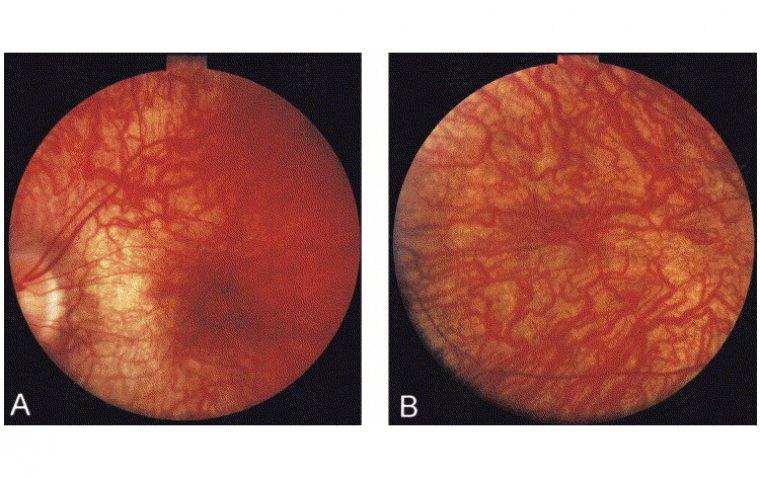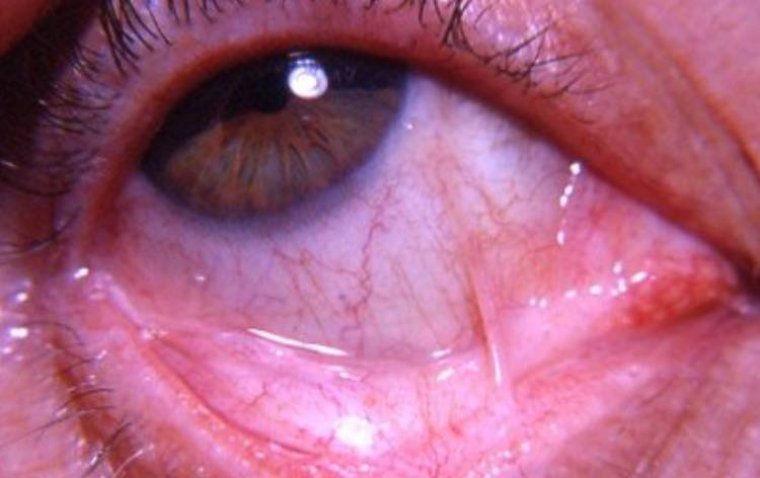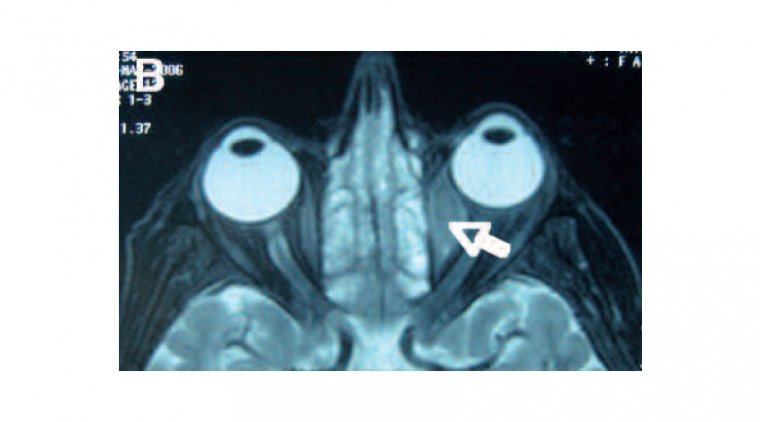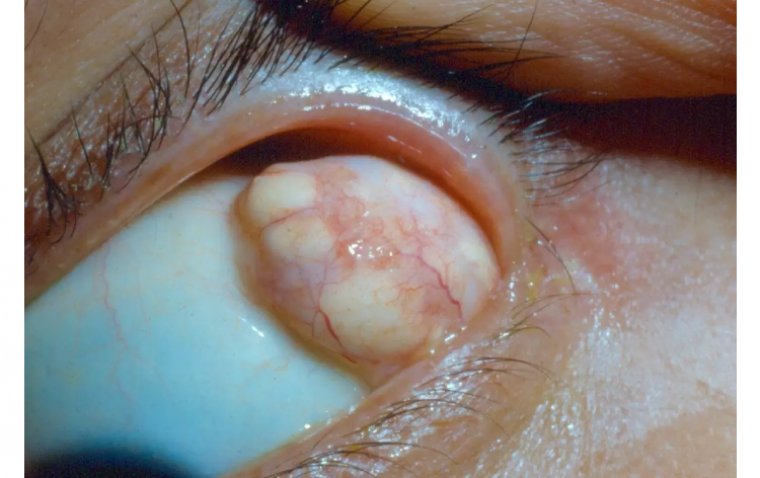
Living in the Dark: A Look into Leber Congenital Amaurosis
Leber Congenital Amaurosis (LCA) is a rare genetic disorder that affects the retina, the part of the eye responsible for sensing light and sending visual signals to the brain. It is a severe form of retinal dystrophy, which means that it leads to the severe vision loss. The condition is present at birth, hence the name "congenital."
What Causes Leber Congenital Amaurosis?
LCA is caused by gene mutations, which lead to the dysfunction or loss of specific proteins in the retina, which in turn leads to the death of the light-sensing cells called rods and cones. The severity of LCA can vary widely, depending on the specific gene involved and the nature of the mutation.
Signs and Symptoms of Leber Congenital Amaurosis
Symptoms of LCA usually appear in the first few months of life, while they can vary depending on the specific type and severity of the disorder.
● Severe vision loss or blindness at birth or in early childhood
● Nystagmus (involuntary eye movement) or strabismus (crossed eyes)
● Lack of visual responses to light or movement
● Abnormal pupils
● Retinal degeneration and/or atrophy
● Photophobia (sensitivity to light)
● Reduced visual acuity and visual field
How Is Leber Congenital Amaurosis Diagnosed?
The diagnosis of LCA is typically made based on the patient's clinical presentation, including an examination of the retina, electroretinography (ERG), and genetic testing. An ophthalmologist may also perform visual acuity test, visual field test and funduscopy to make a diagnosis. A genetic counselor can be consulted to help with the genetic testing and counseling.

Progression of phenotype in Leber's congenital amaurosis with a mutation at the LCA5 locus Credit: British Journal of Ophthalmology
Can Leber Congenital Amaurosis Be Cured?
Currently, there is no cure for LCA, and treatment options are limited. Some individuals may benefit from low vision aids such as magnifiers or special glasses, while others may require assistive devices such as a cane or a guide dog.
Gene Therapy for Leber Congenital Amaurosis
In recent years, there has been significant progress in the field of gene therapy, which is showing promising results in treating LCA caused by specific genetic mutations. These treatments involve introducing a healthy copy of the mutated gene into the affected cells of the retina. This is typically done by delivering the healthy gene using a viral vector, such as a modified adeno-associated virus (AAV). The viral vector is used to deliver the healthy gene to the cells of the retina, where it can then take over the function of the mutated gene.
Another way of treating LCA is through the use of stem cells, which is still under investigation, where scientists are working on taking healthy cells from a patient and reprogramming them to become the retinal cells that are damaged in LCA.
Although gene therapy for LCA is still in its early stages, the results so far have been promising. However, it is important to note that gene therapy is not without risk, and further research is needed to fully understand the potential risks and benefits of this treatment.
Conclusion
In conclusion, Leber Congenital Amaurosis is a rare genetic disorder that affects the retina leading to severe vision loss. It is caused by mutations in one of at least 18 different genes, and currently, there is no cure for LCA. However, with the recent advancements in gene therapy, it is showing promising results in treating LCA caused by specific genetic mutations. Individuals and families affected by LCA should be under the care of a genetic counselor or a specialist in inherited retinal diseases for proper management and support.
(1).jpg)










